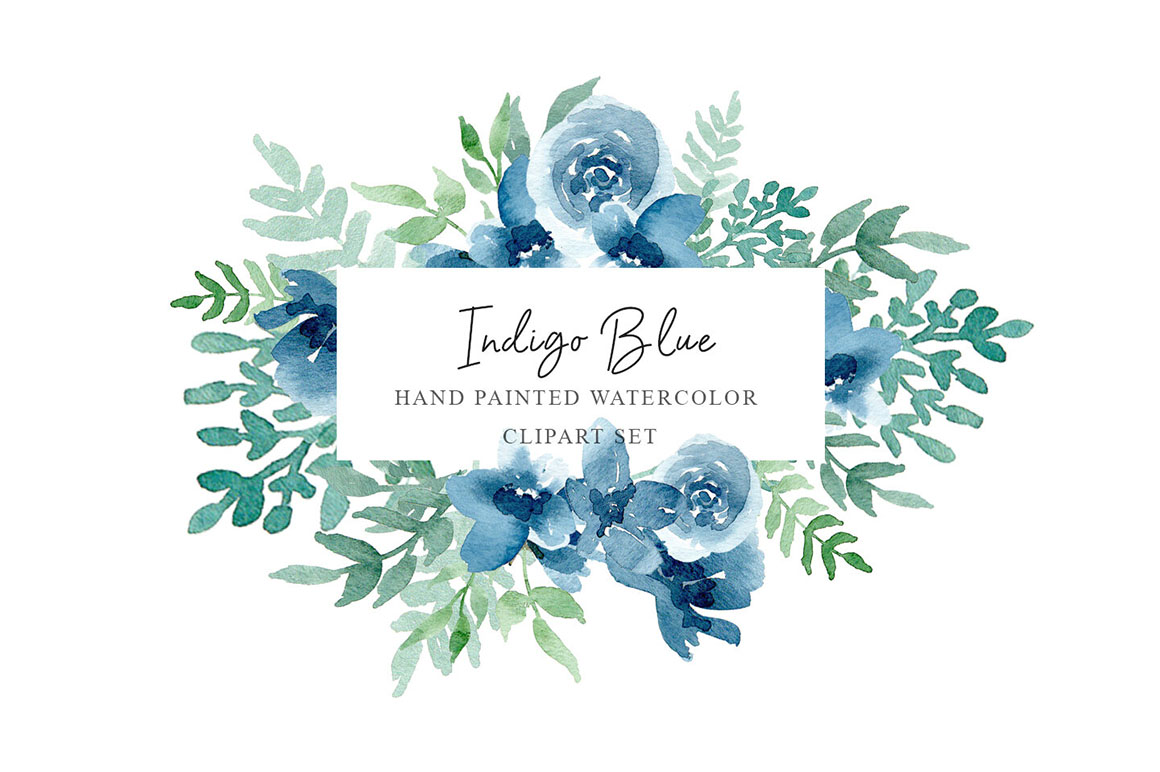Indigo blue has been a defining color for many centuries. Its rich hue has been used for dyeing textiles, creating artworks, and even for superstitious beliefs. The ancient civilizations of Egypt and India used indigo dye extensively, and it still holds significance in their cultures today. The color blue is often associated with calmness, trust, and stability, making indigo blue a preferred choice for various applications.

Dye Indigo Blue Origin
Indigo dye is derived from the Indigofera plant species, which is indigenous to India and other tropical regions of Asia. For centuries, indigo dye was produced through a labor-intensive process that involved fermenting the plant leaves with urine and other organic matter. The resulting blue pigment was then extracted and purified for use. Today, synthetic indigo dyes are widely used due to the ease of manufacture and cost-effectiveness.
Indigo Blue Symbolism
The color indigo blue has been associated with different meanings across different cultures. In Hinduism, indigo represents the Ajna Chakra, also known as the Third Eye. This chakra is believed to be responsible for intuition, awareness, and spiritual connection. In Japan, indigo is seen as a symbol of the natural world and simplicity. Samurai warriors wore indigo-dyed clothing that was believed to bring good fortune and protect them from harm.
Indigo Blue and Fashion
Indigo blue has been a remarkable color in the world of fashion, from traditional outfits to modern-day designs. Denim jeans are a classic example of how indigo blue has permeated the fashion industry. The blue color is now synonymous with jeans and denim clothing, and indigo dye still remains the preferred choice for dyeing denim fabric.
Indigo Blue and Sustainability
Indigo dye has always been eco-friendly because it is derived from natural sources. However, the traditional dyeing process with urine and organic matter is far from sustainable. Today, many fashion companies are turning towards sustainable alternatives like natural indigo dye extracted from renewable resources. Furthermore, techniques like 'zero-waste' and 'slow fashion' are being adopted by designers to reduce waste and ensure sustainable production.
Conclusion
Indigo blue is more than just a color; it is a symbol of culture, tradition, and identity. From ancient civilizations to modern-day fashion, the color continues to hold meaning and significance. As we move towards a more sustainable future, it is essential to preserve this valuable color by using eco-friendly methods and ensuring responsible production. Indigo blue will always have a place in the world of fashion and design, and it will always remain a color that defines identity.